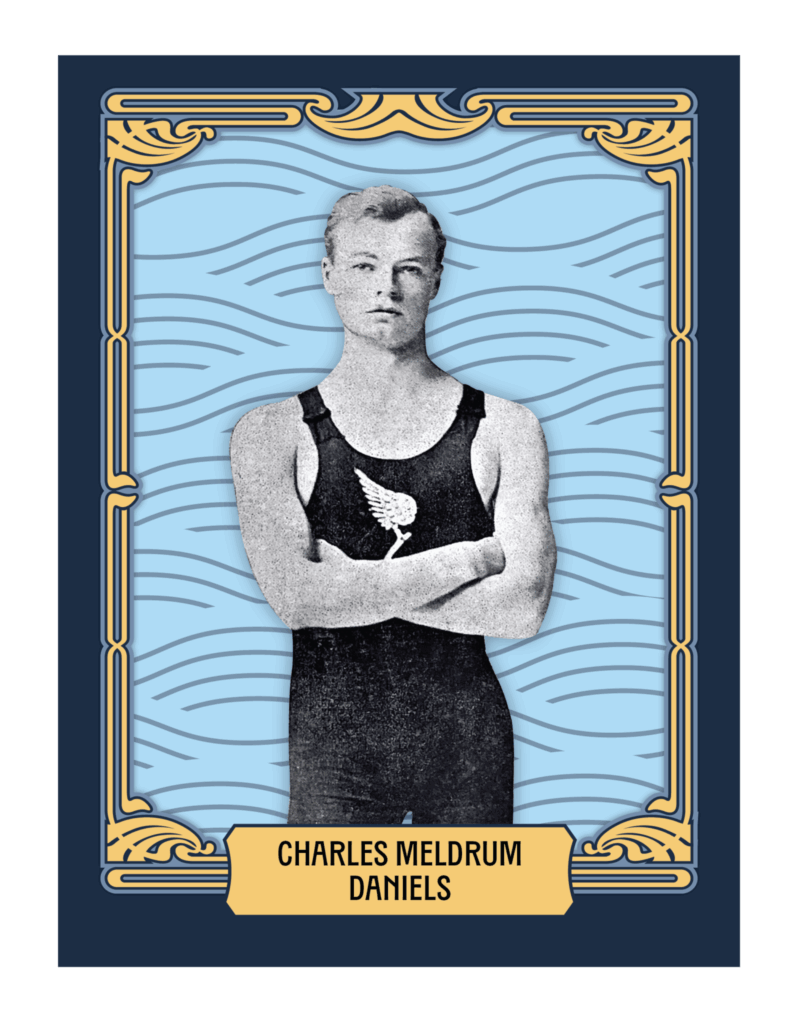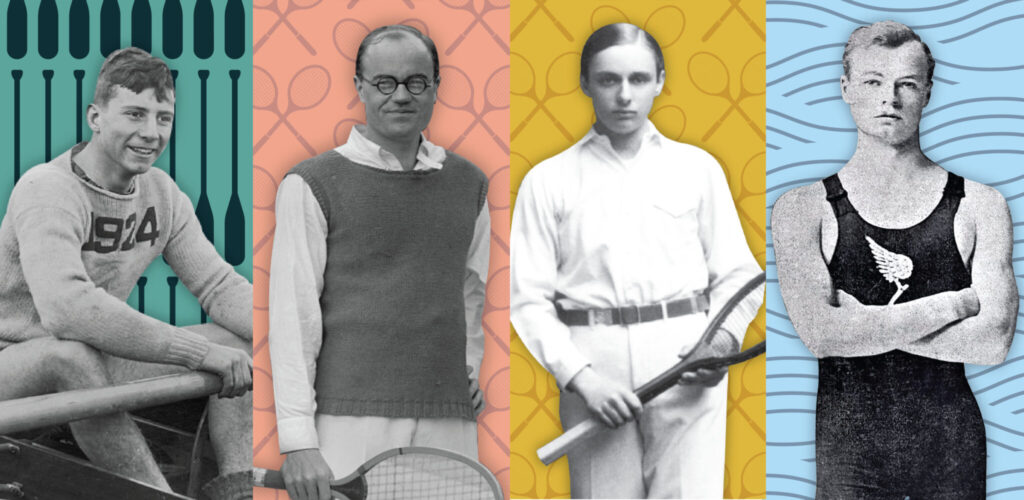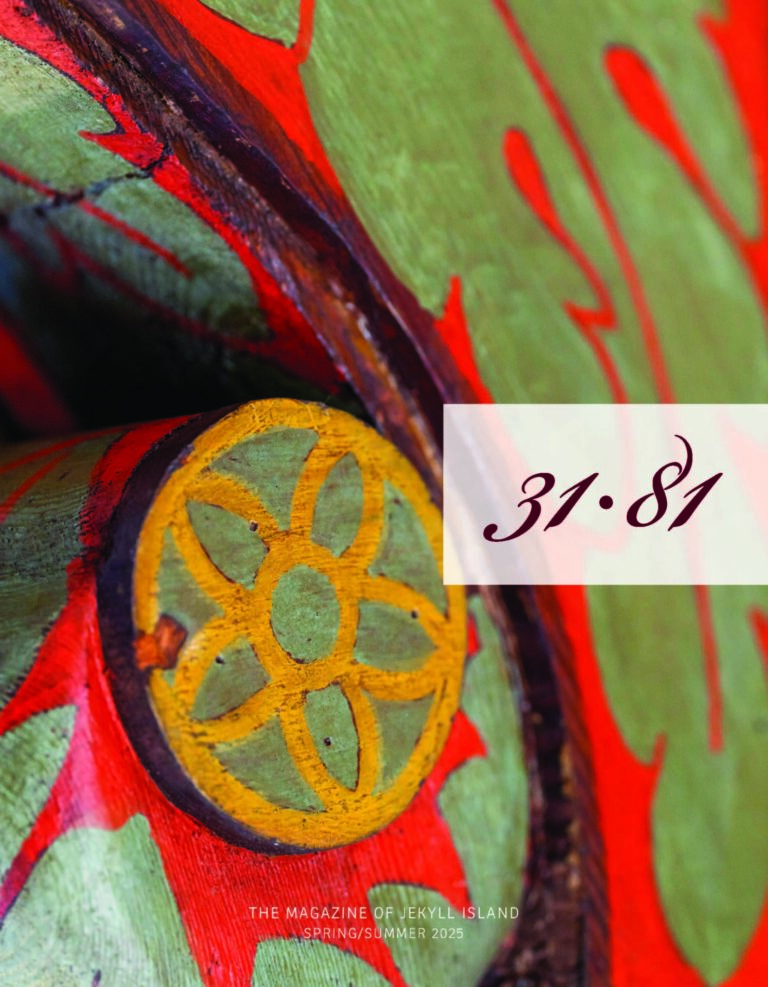Jekyll has played host to a handful of olympians.
By Jessica Whittingslow
The Jekyll Island Club officially opened its doors in January 1888 as a retreat for some of the world’s wealthiest people. Families like the Rockefellers, the Morgans, and the Vanderbilts, to name a few, graced Jekyll Island’s shores. The island also has been a stopover for a handful of world-renowned athletes, many of whom have ties to those famous families and some of whom have played their sport of choice while here. Though specifics of their time on the island are mostly lost to time, these sportsmen are now woven into Jekyll’s fascinating history.
A DAVIS CUP HERO
Watson “Watty” Washburn didn’t grow up vacationing on Jekyll, but he did make history there. A native New Yorker, Washburn attended Harvard, where he won the U.S. Intercollegiate Doubles Championship in 1913. In 1921, he and Harvard teammate Dick Williams won a decisive match to help the U.S. capture tennis’ Davis Cup championship against Japan. He and Williams played on the 1924 U.S. Olympic tennis team in Paris, too, but lost in the quarterfinals. In 1940, likely staying on Jekyll as a guest of his brother-in-law, Julian Southall Myrick, Washburn entered the island’s annual doubles tennis tournament and won, beating headliners of the tennis world and making local history. He was inducted into the International Tennis Hall of Fame in 1965.
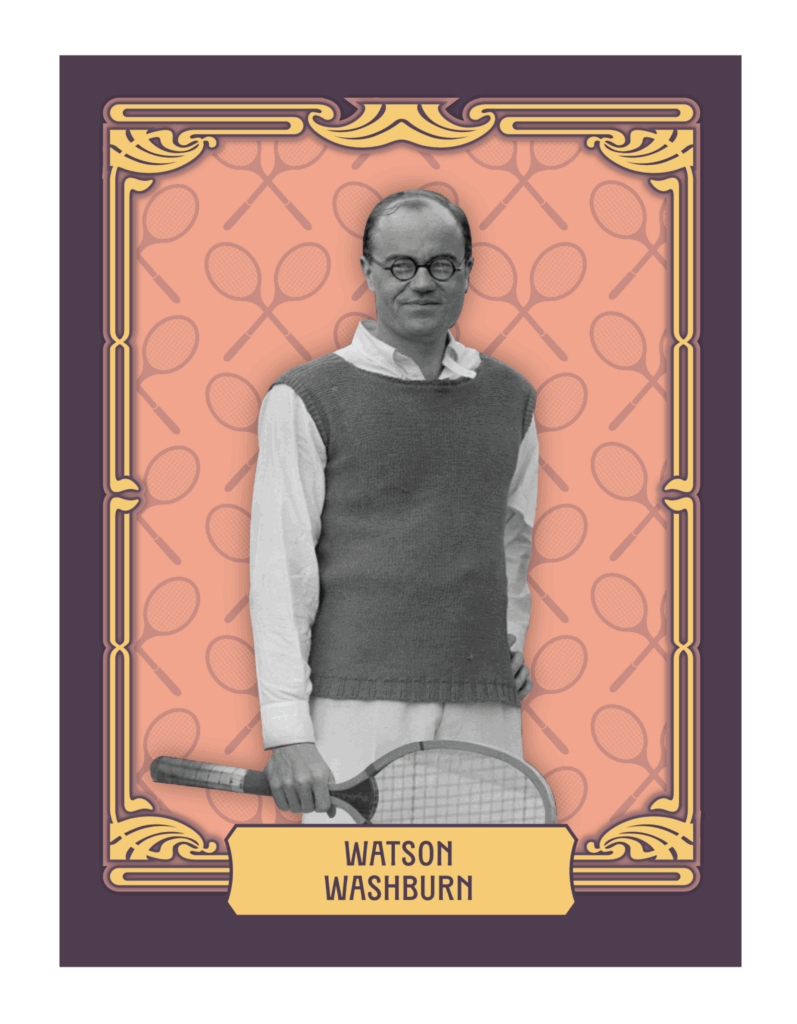
KING OF THE COURT
Sports and athletics were a popular pastime for Jekyll Island Club members. The Goodyear family built the first tennis courts on the island. Demand for time on the courts grew, so a second set of clay courts was added south of the Clubhouse. Later, Edwin Gould constructed the Gould Casino, where guests could play tennis indoors. Jay Gould II’s uncle couldn’t have known his nephew would excel the way he did when he built the indoor courts, but with the Gould resources and access to the casino—along with his access to top professionals to teach him and play against him back in his New Jersey home—the younger Gould perfected his skills. Later called the “monarch of court tennis for more than a quarter of a century,” Gould won gold at the 1908 Summer Olympics in London without dropping a set.
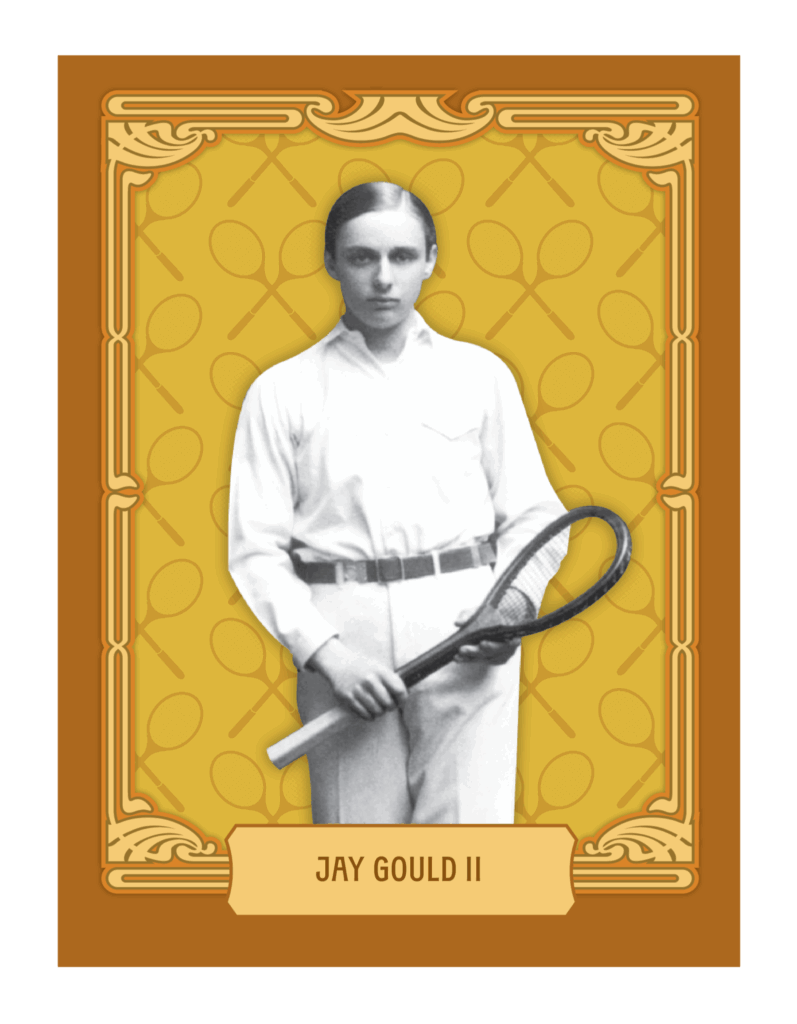
A GOLD IN PARIS
As the grandson of two prominent Club members, William Rockefeller (a co-founder of Standard Oil) and James Stillman (chairman of the board of National City Bank), James Stillman Rockefeller enjoyed frequent family getaways on Jekyll Island, favoring Indian Mound Cottage during family visits. Considered “the most successful and best known” of the five children of William Goodsell Rockefeller and Elsie Stillman, “Babe” Rockefeller attended Yale University, where he rowed all four years of his college career. In his senior year, he captained his rowing crew and led the “Yale 8″‘ to a gold medal at the 1924 Paris Olympics. The crew set an Olympic record with a time of 5 minutes, 51 seconds in the Olympic semifinals. The younger Rockefeller, who later served as president and chairman of what is now Citigroup, was the oldest living Olympic gold medalist, at 102 years old, before his death in 2004.
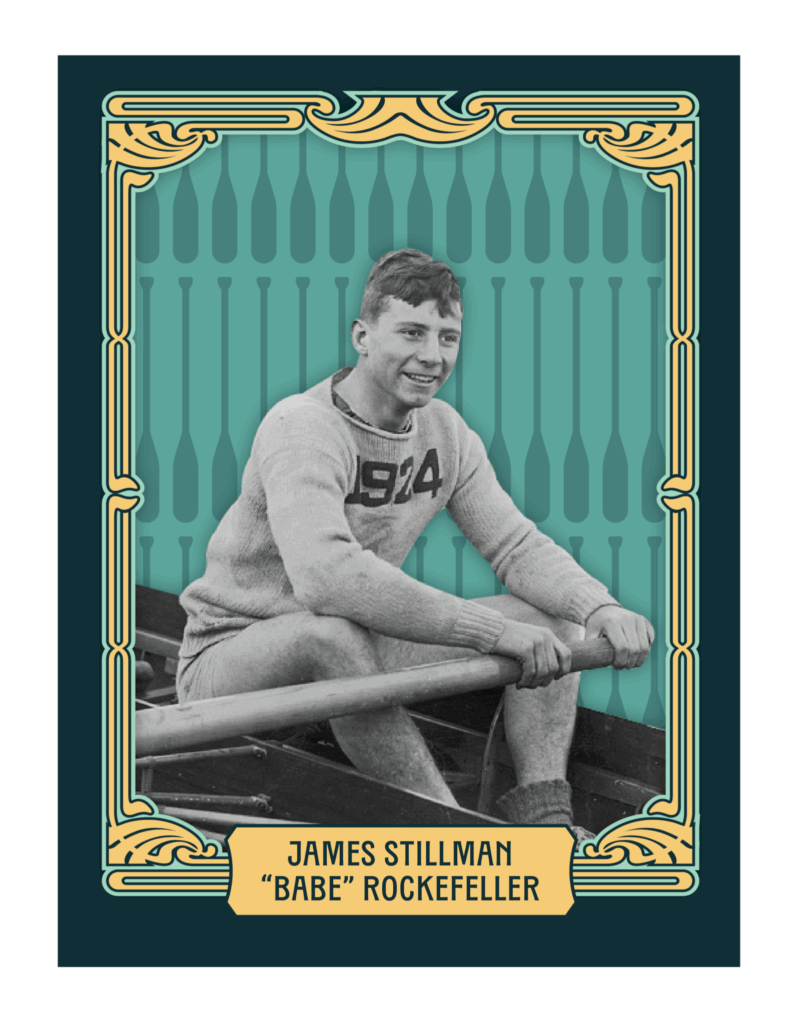
A SWIMMING SENSATION
Charles Meldrum Daniels is one of the original members of the Jekyll Island Club. Nicknamed “The Human Fish” for his exemplary swimming skills, he is believed to have swum off the shores of Jekyll Island while vacationing here with his wife, Florence Goodyear, of the prominent Goodyear family of New York. The first American to win an Olympic swimming event, he won three gold medals in the St. Louis Games in 1904, another in Athens in 1906, and one more in London in 1908 (though the International Olympic Committee no longer recognizes the 1906 games in Greece as an official Olympics). In the early 1900s, Daniels set world records at every distance from 25 yards to one mile. From 1904 until his retirement in 1911, he won Amateur Athletic Union championships 31 times and, according to the Greater Buffalo Sports Hall of Fame, was generally considered at the time to be the world’s greatest swimmer. Credited with pioneering a revolutionary freestyle stroke, the U.S. Olympic and Paralympic Hall of Famer also was a top-ranked amateur golfer in retirement.
